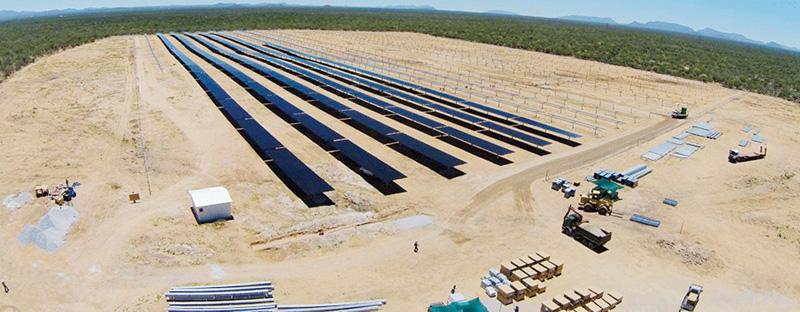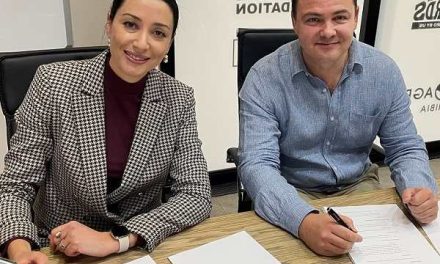
First wind farm slated for 2016

Construction of the first wind farm is expected to start in the second or third quarter of next year with the potential involvement of the Lüderitz Town Council according to Alexandre Matton, a project engineer involved with local solar company, Innosun.
Explaining the detail to the Economist, Matton said Innosun is the first company to secure a power purchase agreement with NamPower and is the owners of the first solar energy plant.
For the wind farm, Innosun have thus far completed an environmental impact assessment and submitted a grid application license and will seek funding from commercial banks unlike the Omburu solar project which Matton explained, was financed to a large extent by the Development Bank of Namibia.
Said Matton, “when compared to conventional energy sources like coal for example, renewables are very affordable, scalable and quick to implement. Wind is also the cheapest. We have established that for solar, you are most likely to pay N$1.37 per kilowatt hour and just N$1.08 per kilowatt hour for wind. We are also hopeful that the wind farm will be connected to the grid in the same year as construction.” During a presentation, Innosun motivated the project saying that Namibia’s wind profile matches local energy demand.
Added Matton, “if you compare the same size for say 200 megawatt for a coal power plant and compare against wind farm with the same installed capacity, the cost per kilowatt hour at the end will be cheaper and more competitive from wind,” based on results from projects in South Africa.
“Wind technology is mature. There have been improvements in wind turbine technology and it has grown to be extremely competitive. We also believe Lüderitz is one of the top regions in the world to harness wind technology. We started developing wind energy in France in 2001 and we are a pioneer in that area,” said Matton.
According to him, Innosun have installed 300 megawatts of wind energy in France alone and 105 megawatt across the southern Cape in South Africa. He believes there is scope locally to produce the French equivalent of 300 megawatts in Namibia. So confident is Innosun in fact, that they believe Namibia can be powered solely on renewable energy. Asked to explain, Matton said, “the main reason why we think Namibia can be self-sufficient is because a full renewable energy mix applies here, and the wind at the coast, especially in southern Namibia is very excellent. Namibia can be self-sufficient with the energy supply from those energy sources.”
Asked Matton, “why should we look at resources that are still to be imported into Namibia when the resources are freely available in Namibia?”
Shifting the focus back to its first project, Matton said, “we sought to prove the viability of the Omburu project first and thus opted for financing through the Development Bank of Namibia.
Omburu has proven that solar energy does not need subsidisation.” Innosun is also expected to pay off 70% off its DBN loan within 8 years, further suggesting the viability on a larger scale of its solar power plants.
Added Matton, “thanks to NamPower, the invoices we issue are paying for the loan. Most of the income generated goes into paying the loan.”











































